Blogs & Guides
Jul 01, 2025
Wilson Golf: Blending a Century of Success With Modern Engineering
For many of us, the most successful manufacturers in golf are companies like TaylorMade, Callaway, or Titleist.It’s to understand why you…
Read more
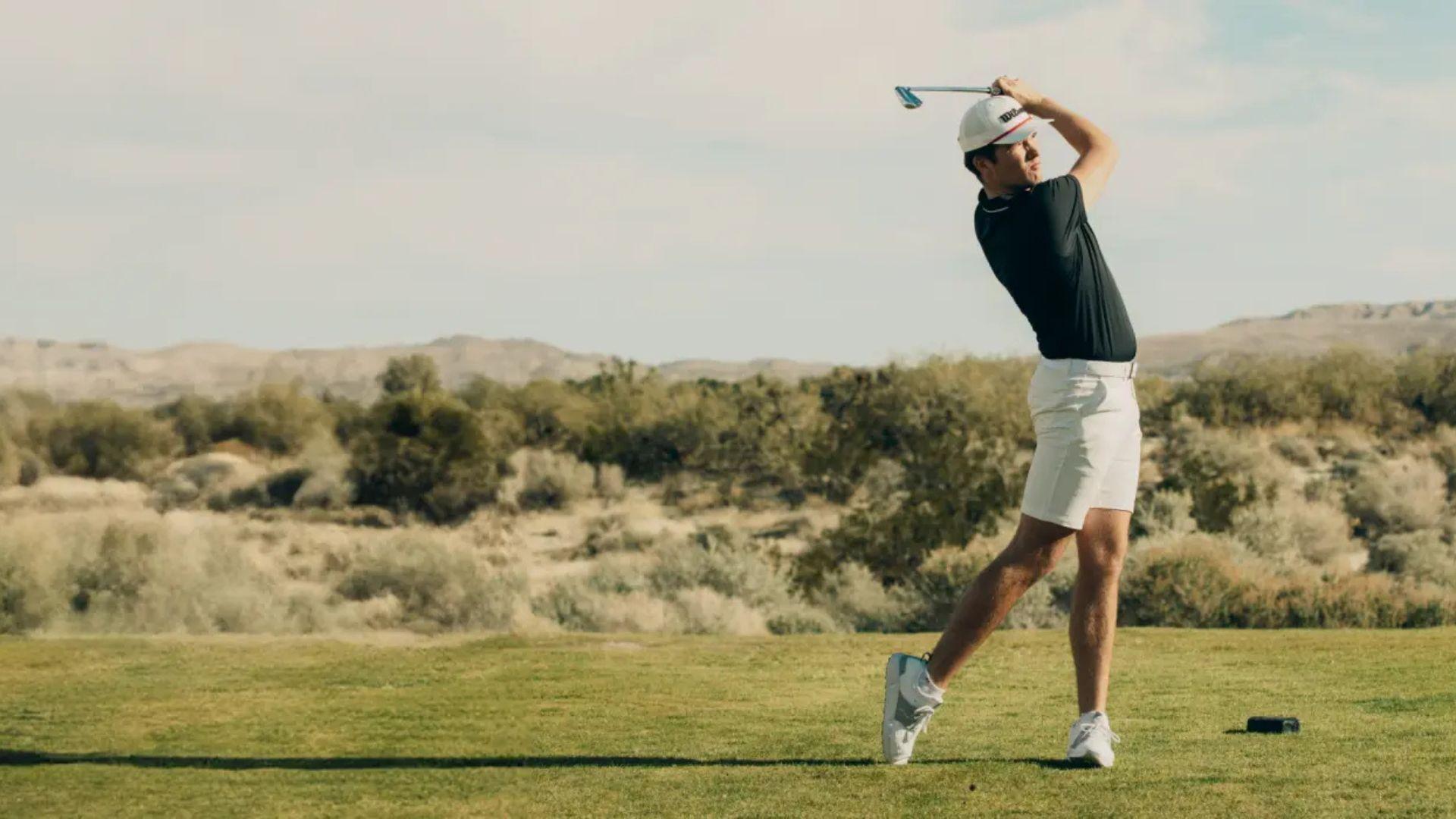
Jun 25, 2025
Nine by Nine Golf Steps Up for Prostate Cancer UK in the Big Golf Race
Many of us hate the idea of the alarm going off at some ridiculous hour in the morning.Even in late spring and early summer, when the sun…
Read more

Jun 18, 2025
Choosing The Right Golf Ball: How Spin Rates Impact Your Game
It’s hard to believe that the earliest golf balls were made out of wood.Wood was readily available, and skilled artisans could create a…
Read more

Jun 12, 2025
Meet Mark Ostrom - Lead Fitter at Nine by Nine Golf
Our weekly blog covers a wide range of topics.From the latest equipment releases to focusing on particular brands and trends, we see in the…
Read more

Jun 09, 2025
From Numbers to Better Golf: How GC Quad Improves Your Game
If you go to any professional tournament and spend time watching the players warm up before their rounds, you’ll notice most of them will…
Read more
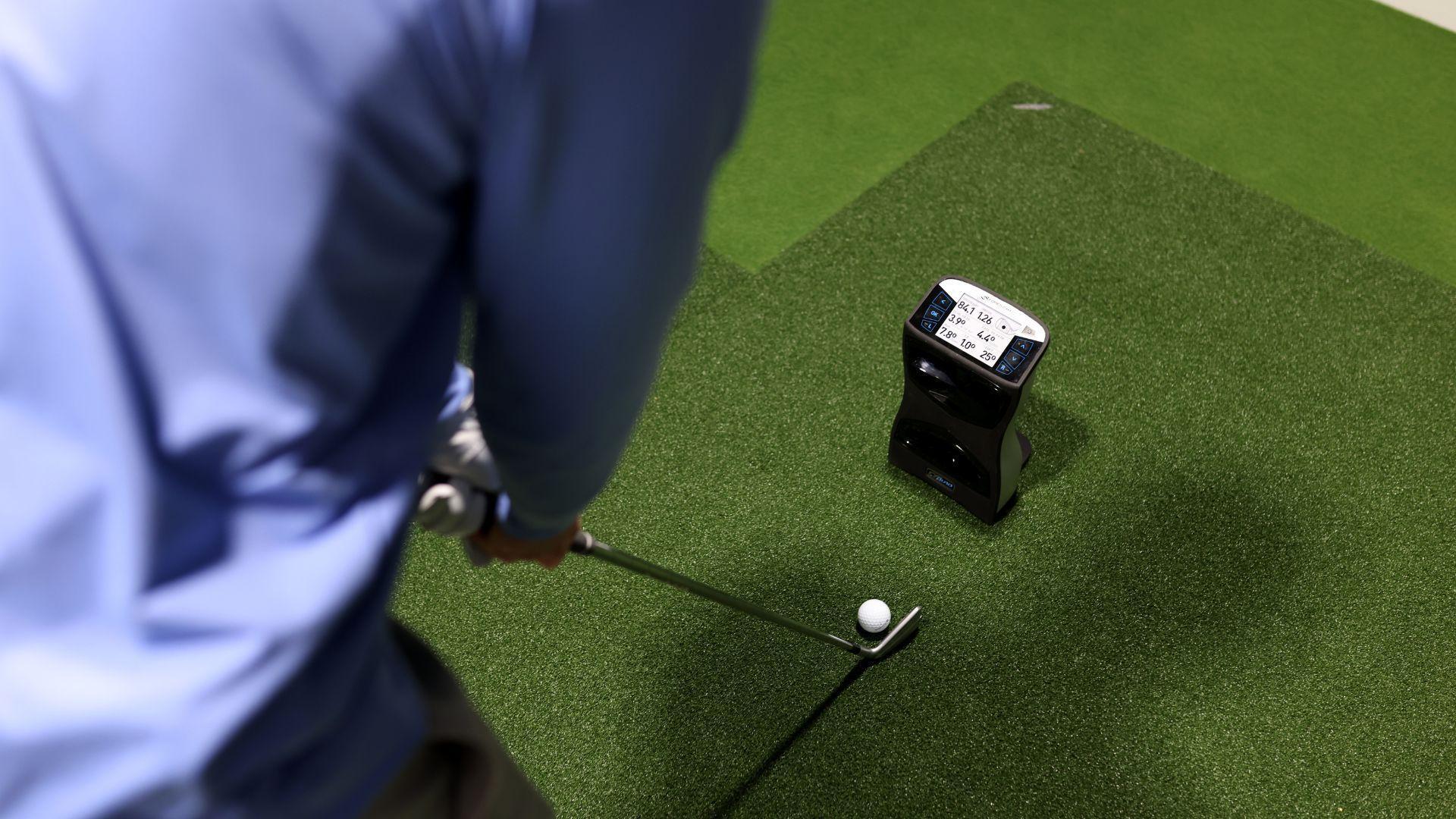
May 28, 2025
The Rise of Set Golf Wedges Over Speciality Wedges
Picture the scenario.You’ve got an approach shot of 115 yards and a green light for the flag.You’ve computed everything you need, and now…
Read more

May 21, 2025
How To Prepare For Your Custom Golf Club Fitting Session
87% of golfers who get custom-fitted for their golf clubs improve their handicap by 10%.That can make a massive difference for your game.…
Read more

May 14, 2025
How to Choose the Right PING Clubs for Your Game
Over 500 tour wins and 19 major championships have been attributed to one putter design. That putter is the PING Anser, the genesis club…
Read more
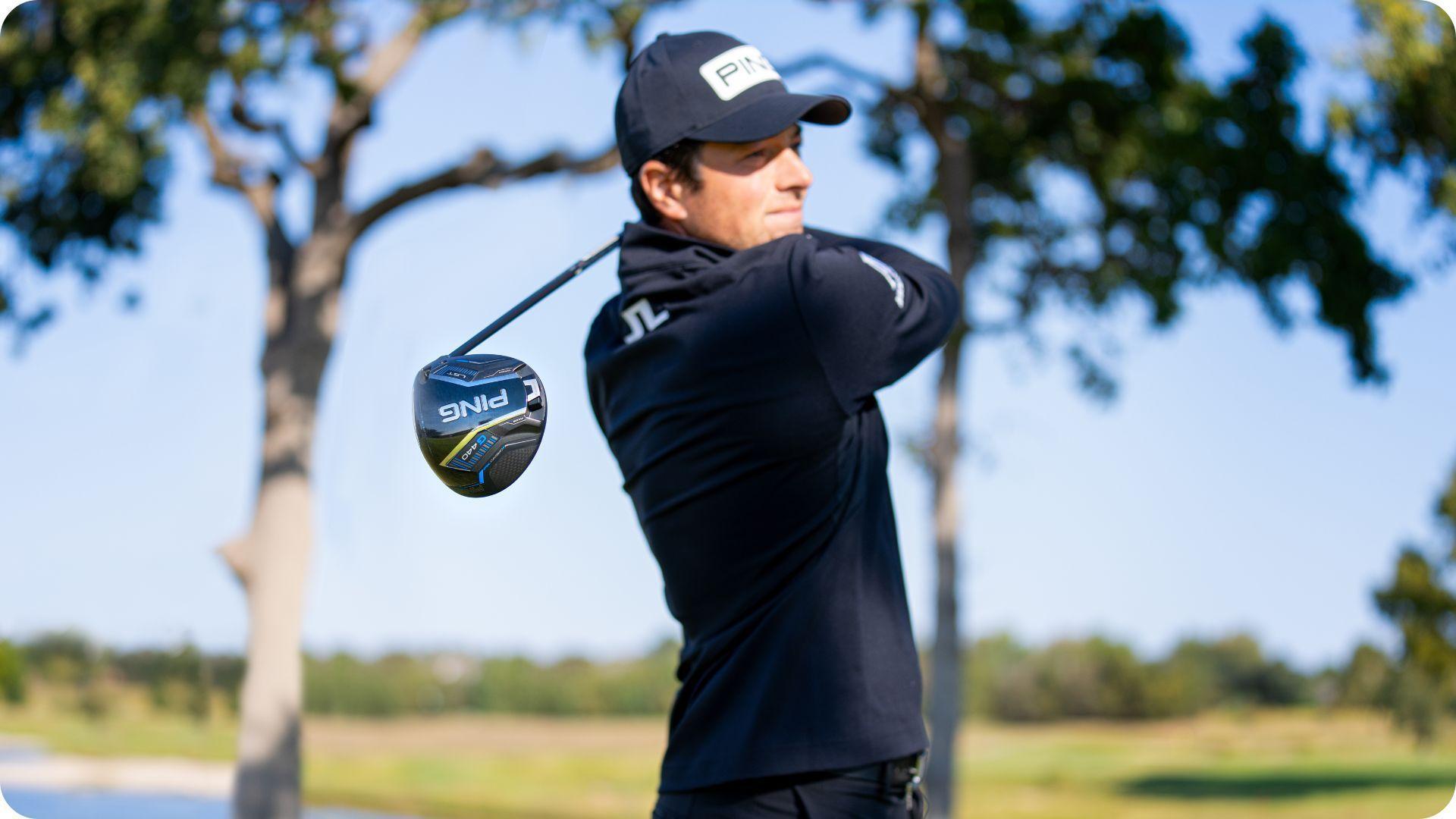
May 09, 2025
The Nine by Nine Golf Difference: The Pro Treatment for All Golfers
The benefits of custom-fitted golf clubs can significantly impact your game.Hitting the ball better, further, and straighter are huge…
Read more
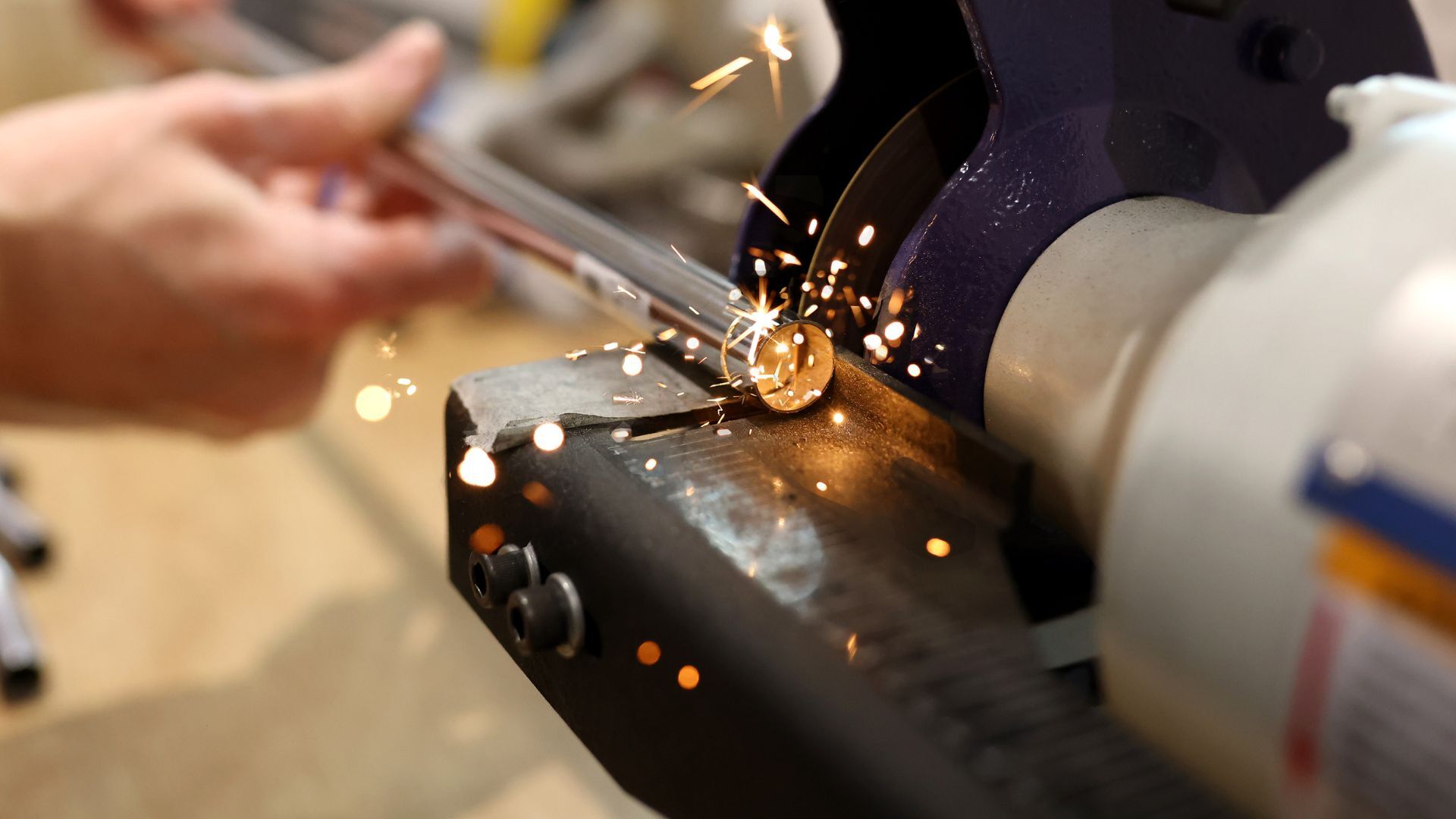
May 08, 2025
How Do New Materials and Technology Impact Your Game
What a magical Masters tournament we have just witnessed.Rory McIlroy finally crossed the line and broke the voodoo of Augusta National to…
Read more
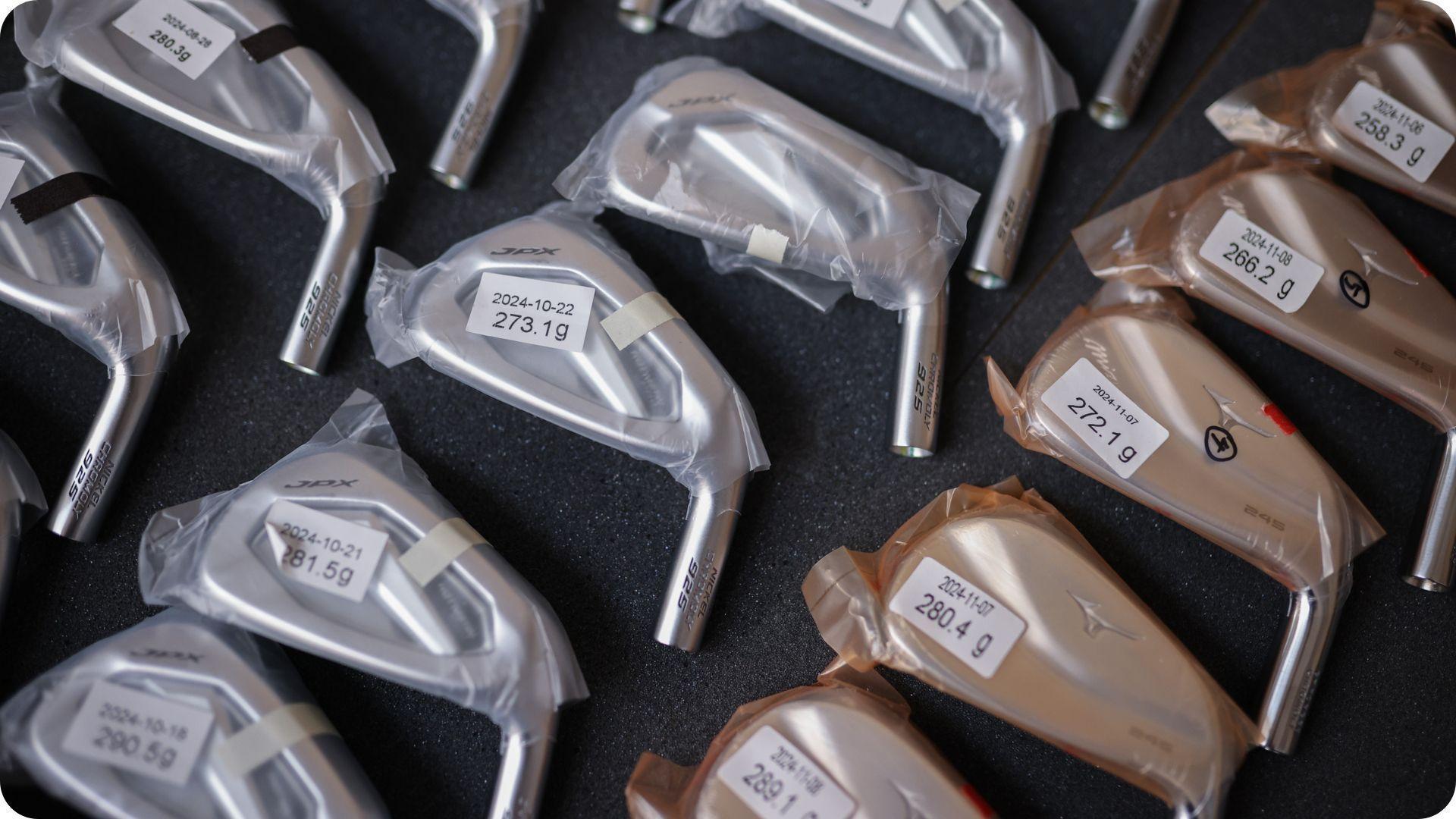
Apr 22, 2025
More Forgivness or More Control? Why Combo Iron Sets Might be the Answer
Can you imagine a time when the only iron model you could choose was a blade?That was the reality for most golfers, and coupled with…
Read more

Apr 21, 2025
Are You Fuelling Yourself Properly for Good Scores?
The average round of golf burns between 900-1500 calories…The equivalent of around 90 minutes of running for an 80kg individual.Add that to…
Read more
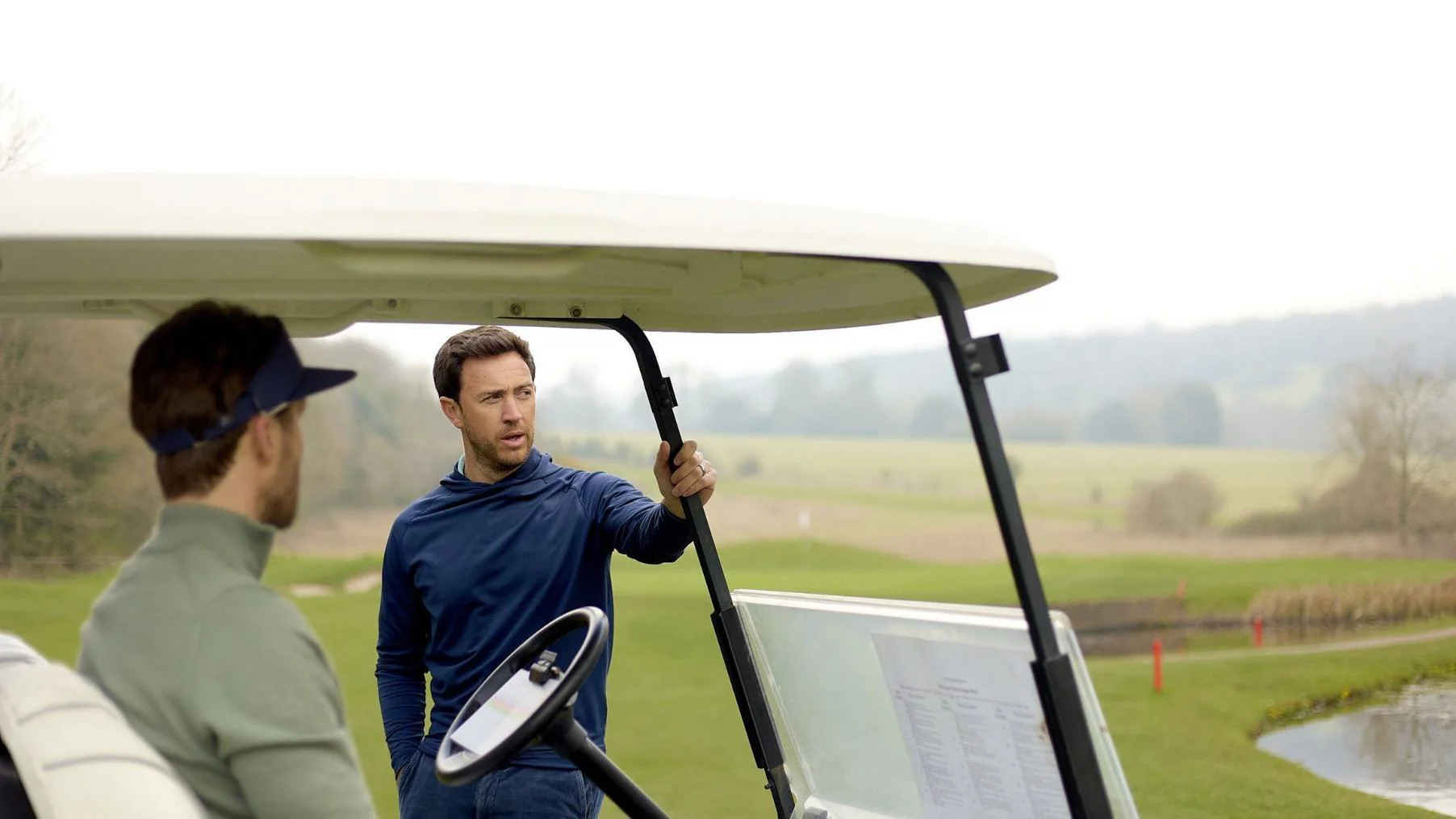
Apr 15, 2025
Is It Time to Replace Your Hybrid with a Lofted Fairway Wood?
It’s hard to believe that the hybrid has been with us for over 25 years.TaylorMade successfully introduced the first-generation Rescue…
Read more

Apr 08, 2025
The Mini Driver Dilemma: A Smart Addition or a Redundant Club?
Golf equipment can seem like fashion at times.While fashion trends dictate what we should and shouldn’t wear, golf equipment trends dictate…
Read more

Mar 31, 2025
The Truth About MOI in Golf Drivers
The golf driver represents the pinnacle of golf club design and technology.Each year, the envelope is pushed further to help golfers of all…
Read more

Mar 25, 2025
Uncovering The Biggest Equipment Mistakes Amateur Golfers Make
For many golfers, the start of the year brings the urge to upgrade their golf equipment—whether necessary or not.Golf manufacturers are in…
Read more
